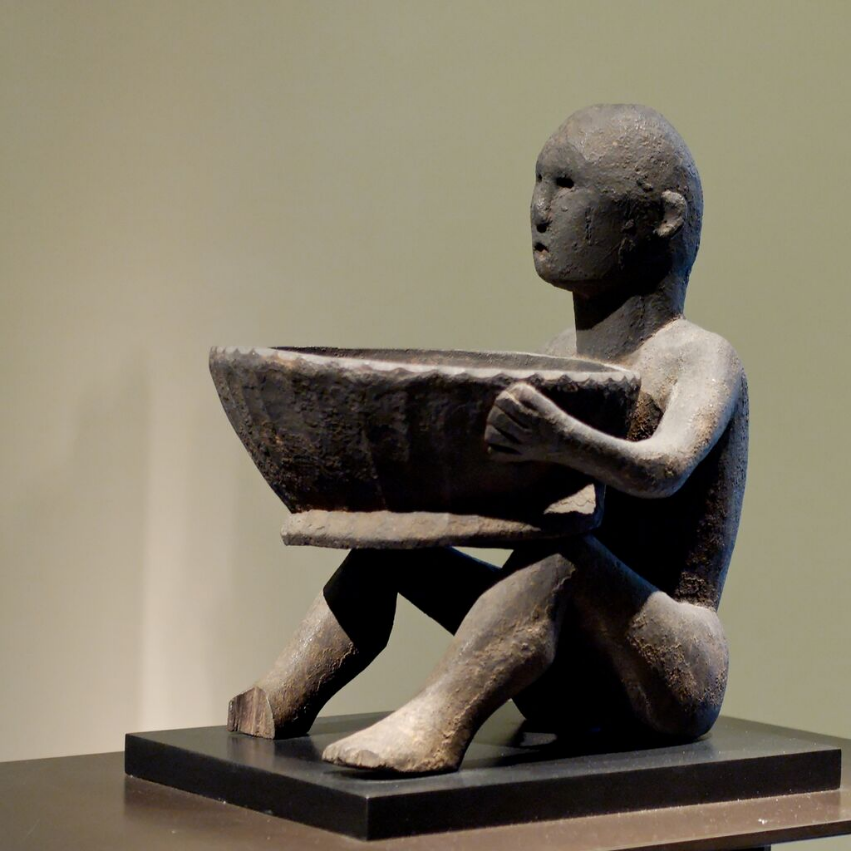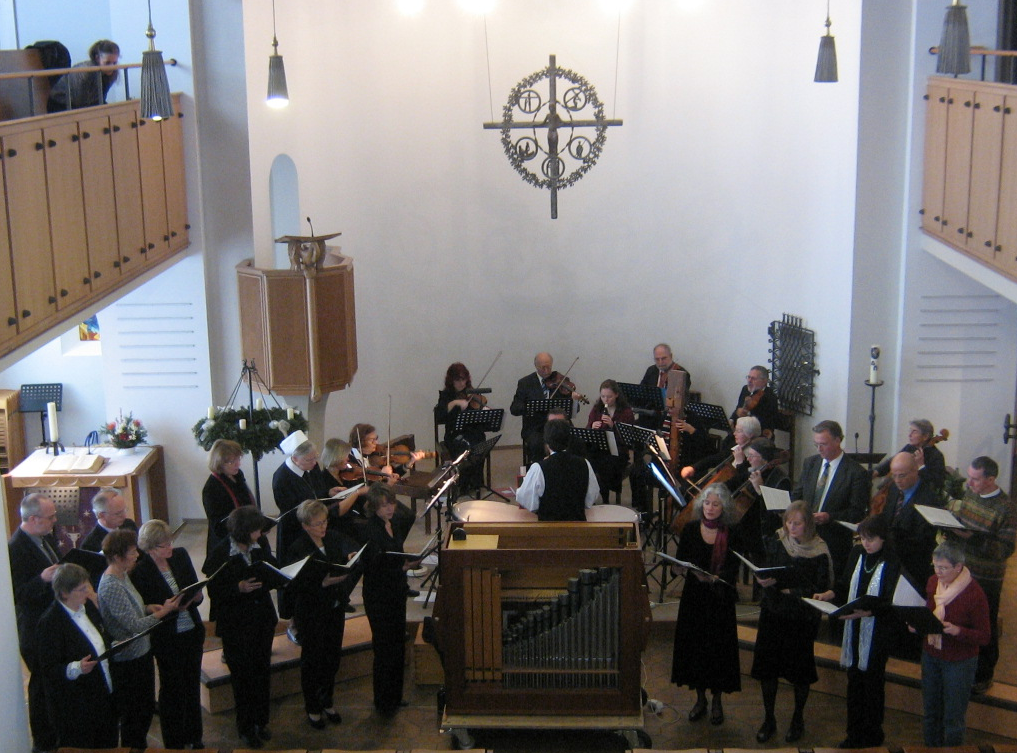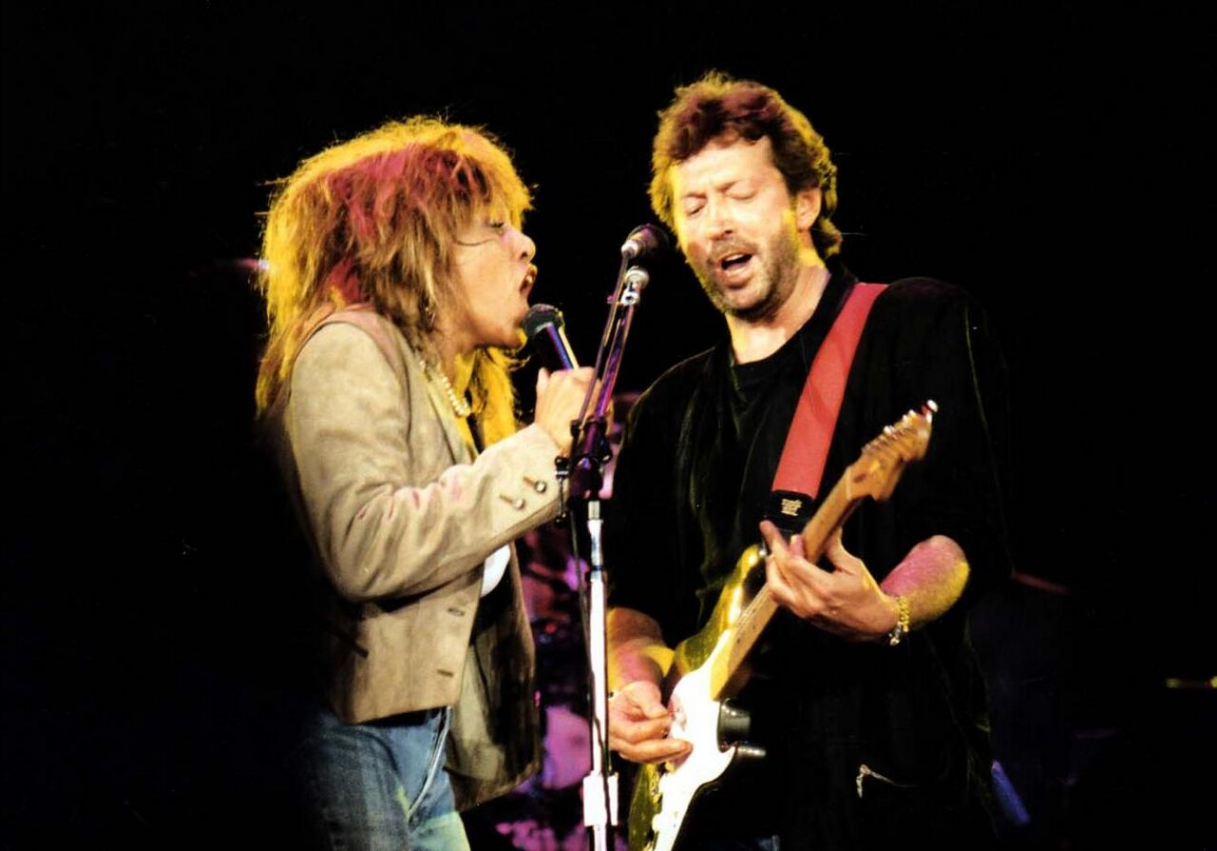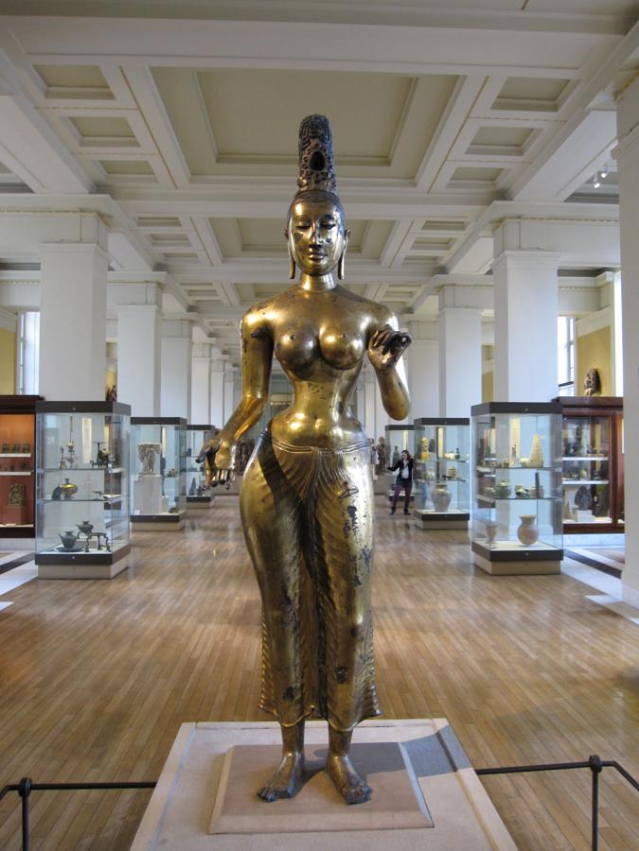
| Version | Summary | Created by | Modification | Content Size | Created at | Operation |
|---|---|---|---|---|---|---|
| 1 | Sirius Huang | -- | 2721 | 2022-11-09 01:35:44 |
Video Upload Options
Authenticity in art is the different ways in which a work of art or an artistic performance may be considered authentic. Denis Dutton distinguishes between nominal authenticity and expressive authenticity. The first refers to the correct identification of the author of a work of art, to how closely a performance of a play or piece of music conforms to the author's intention, or to how closely a work of art conforms to an artistic tradition. The second sense refers to how much the work possesses original or inherent authority, how much sincerity, genuineness of expression, and moral passion the artist or performer puts into the work. A quite different concern is the authenticity of the experience, which may be impossible to achieve. A modern visitor to a museum may not only see an object in a very different context from that which the artist intended, but may be unable to understand important aspects of the work. The authentic experience may be impossible to recapture. Authenticity is a requirement for inscription upon the UNESCO World Heritage List. According to the Nara Document on Authenticity, it can be expressed through 'form and design; materials and substance; use and function; traditions and techniques; location and setting; spirit and feeling; and other internal and external factors.'
1. Authenticity of Provenance
Authenticity of provenance means that the origin or authorship of a work of art has been correctly identified.[1] As Lionel Trilling points out in his 1972 book Sincerity and Authenticity, the question of authenticity of provenance has acquired a profoundly moral dimension. Regardless of the appearance of the object or the quality of workmanship, there is great importance in knowing whether a vase is a genuine Ming vase or just a clever forgery.[2] This intense interest in authenticity is relatively recent and is largely confined to the western world. In the medieval period, and in countries such as modern Thailand, there was or is little interest in the identity of the artist.[3]
The case of Han van Meegeren is well known. After failing to succeed as an artist in his own right, he turned to creating fake Vermeer paintings. These were accepted as genuine by experts and acclaimed as masterpieces. After being arrested for selling national treasures to the Germans, he caused a sensation when he publicly demonstrated that he was the artist.[4] To guard against forgeries like this, a certificate of authenticity may be used to prove that a work of art is authentic, but there is a sizable market in fake certificates.[5] Furthermore a combination of art historical, conservational and technical evidence can be used to authenticate a work of art.[6] The financial importance of authenticity may bias collectors to acquiring recent works of art where provenance can more easily be proven, perhaps even by a statement from the artist.[7] For older works, an increasingly sophisticated array of forensic techniques may be deployed to establish authenticity of provenance.[8][9]
The philosopher Nelson Goodman discusses at length the question raised by Aline B. Saarinen: "If a fake is so expert that even after the most thorough and trustworthy examination its authenticity is still open to doubt, is it or is it not as satisfactory a work of art as if it were unequivocally genuine?" Goodman concludes that the question is academic, since there must be some way to distinguish a forgery from the original, and once the forgery is known for what it is, that knowledge alters the perception of value.[10] However, Arthur Koestler in The Act of Creation answers that if a forgery fits into an artist's body of work and produces the same kind of aesthetic pleasure as other works by that artist, there is no reason to exclude it from a museum.[11]
The question of the value of a forgery may be irrelevant to a curator, since they are concerned only with the provenance of the work and not with its artistic merit.[12] Even for the curator, in many cases provenance is a matter of probabilities rather than a certainty - absolute proof is not possible.[13] But once a forgery has been exposed, no matter how highly the work was praised when it was thought to be "authentic" there is rarely any interest in evaluating the work on its own merit.[14]

Reproduction is inherent to some forms of art. In Medieval Europe, an artist might create a drawing which was used by another craftsman to create a woodcut block. The drawing was usually destroyed in the block-cutting process, and the block was thrown away when it became worn out. The copies printed from the block are all that remain of the work.[16] In a 1936 essay, Walter Benjamin discussed the new media of photography and film, in which the work of art can be reproduced many times with no one version being the authentic "original". He linked this shift from authentic objects to broadly accessible mass media with a transformation in the function of art from ritual to politics.[17] Modern art may raise new issues of authenticity of provenance. For example, the artist Duane Hanson instructed the conservators of his 1971 sculpture Sunbather to feel free to replace elements such as the bathing cap or swimsuit if they became faded.[18] As Julian H. Scaff points out, the computer and the internet further confuse the issue of authenticity of provenance, since a digital work of art may exist in thousands or millions of identical versions, and in variants where there is no way to determine the original version or even the author.[19]
2. Cultural Authenticity
Authenticity of provenance is concerned with identifying the person who made the work, or at least pinning down the place and time in which the work was made as closely as possible. Cultural authenticity, or authenticity of style or tradition, is concerned with whether a work is a genuine expression of an artistic tradition, even when the author may be anonymous. Interest in this form of authenticity may be associated with a romantic sense of the value of the pure, unadulterated tradition, often linked to nationalistic and possibly racist beliefs.[20]
A work of art may be considered an authentic example of a traditional culture or genre when it conforms to the style, materials, process of creation and other essential attributes of that genre. Many traditions are thought to be "owned" by an ethnic group, and work in that genre is only considered authentic if it is created by a member of that group. Thus Inuit art can only be considered authentic if created by an Inuit. This may help to protect the originators of an art tradition from cultural appropriation, but there is a racist aspect to the view as described by Joel Rudinow in his essay Race, Ethnicity, Expressive Authenticity: Can White People Sing the Blues?[21]
The market for "primitive art" developed in the western world towards the end of the 19th century as explorers or colonialists came into contact with formerly unknown cultural groups in Africa, Asia and the Pacific. These people quickly learned how to incorporate new materials supplied by traders into their art, such as cloth and glass beads, but found that they could not sell these "inauthentic" objects. However, they learned how to manufacture works from local materials that would be considered authentic for sale to the westerners.[22] This process of creating art that will be considered authentic by western buyers continues to this day. The objects may be designed or modified to give the impression of having popular attributes and provenance, including religious or ritual uses, antiquity and association with royalty.[23] Similarly, in the 1940s Haitian professional artists began to create imitations of images provided by foreign entrepreneurs. The images represented the foreigners' view of the essence of Haitian Vodou art. The Haitian works were later claimed to be authentic.[24]

To distinguish from crude objects made for the tourist trade, many collectors consider that a work is only an authentic example of a traditional genre if it meets certain standards of quality and was made for the original purpose. Dutton gives the example of the Igorot of northern Luzon who have long created figurines (bulul) for use in traditional ceremonies, but today produce them primarily for the tourist trade. An Igorot family may purchase a roughly carved bulul from a tourist booth and use it for traditional ceremonies, thus giving authenticity to the work that would not, perhaps, be present otherwise.[25] Although collectors place greater value on "tribal" masks or sculptures that have been used in an active ritual, it may be impossible to prove whether this is the case. Even if a video shows the mask being worn in a ritual dance, the dance may have been staged for tourists. Yet if the provenance of the mask is proven, if the mask was made by a member of the society using traditional designs and techniques, it is presumably an authentic example of the style or tradition.[26]
It is not always clear what constitutes a style. For example, production of Zimbabwean stone sculptures is relatively recent, dating to the 1950s. It does not draw on any earlier tradition. However, the sculpture plays an important role in establishing the existence of a uniquely Zimbabwean culture, and the authenticity of this style is strongly emphasized by the government of Zimbabwe despite the difficulty of defining its characteristics.[27] Navajo sand paintings raise a different issue. The traditional paintings must be destroyed on completion of the ritual in which they are used. However, Navajo artists create sand paintings for sale with slightly modified designs. Can these paintings be considered authentic examples of Navajo art?[28]
Traditions change. In an exploration of the evolution of the art of the Maroon people of French Guiana, Sally Price shows that contemporary styles have developed through a complex interaction between artists and buyers. The Maroons have a long tradition of artwork, primarily in the form of decoration of everyday objects such as paddles or shutters. This art was purely aesthetic in purpose, with no symbolic meaning. However, European collectors needed to assign symbolism to "native art". Over time, the Maroon artists have come to accept the European semiotic vocabulary and to assign symbolism to their work, which younger artists may believe to be based on ancestral traditions. The artists have also moved into new media and new designs. Their art may still be considered authentic examples of Maroon art, but the art form and the meaning associated with it is new.[29]
3. Authenticity of Performance

With performance arts such as music and theater, both the composer or playwright and the performers are involved in creating an instance of the work. There are some who consider that a performance is only truly authentic if it approximates as closely as possible what the original author would have expected to see and hear. In a historically informed performance, the actors or musicians will make every effort to achieve this effect by using replicas of historical instruments, studying historical guides to acting and so on. They would consider, for example, that a performance of one of Mozart's piano concertos would be "inauthentic" if played on a modern concert grand piano, an instrument that would have been unknown to the composer.[25]
Others would not take such a rigorous view. For example, they would accept a performance of a play by Shakespeare as authentic even if the female parts were played by women rather than boys, and if the words were spoken with modern pronunciation rather than with the pronunciation of the Elizabethan era, which would be difficult for a modern audience to understand.[25]
4. Authenticity of Expression
Dutton's concept of expressive authenticity is based on the Oxford English Dictionary alternative definition of "possessing original or inherent authority". In this sense, authenticity is a measure of the degree to which the artist's work is a committed, personal expression rather than derived from other work. It includes concepts of originality, honesty and integrity. In the case of a musical performance, authenticity of expression may conflict with authenticity of performance. The player is true to their personal musical sense and does not imitate someone else's method of playing. Their performance may thus differ significantly from that of a player attempting to follow the style common at the time the musical work was composed.[25]

Expressive authenticity is related to the technical term authenticity as used in existential philosophy. It has always been thought right to know oneself and to act accordingly, and in existential psychology this form of authenticity is seen as central to mental health.[30] Prominent artists such as the Abstract Expressionists Jackson Pollock, Arshile Gorky, and Willem de Kooning have been understood in existentialist terms, as have filmmakers such as Jean-Luc Godard and Ingmar Bergman.[31] The greater popularity of performer-based music as opposed to composition-based music is relatively recent. It seems to reflect a growing interest in expressive authenticity, and thus in musicians who have a unique and charismatic style.[32]
The question of whether an artistic work is an authentic expression depends on the artist's background, beliefs and ideals. Andrew Potter cites the example of Avril Lavigne, a teenage singer from Napanee, Ontario who released her debut album in 2002. She claimed to be a small-town skateboarder, with her background providing the subjects of her songs, and said these songs were her own compositions. These claims of authenticity of expression and of provenance were both challenged. However, her work could have been authentic in expression even if Lavigne had not written it, or authentic in provenance if she had written it but not authentic in expression if the carefully cultivated skater-girl image were false.[33]
Authenticity of expression may thus be linked with authenticity of style or tradition. Many feel it is not permissible for someone to speak in the voice of another culture or racial background, and that such an expression cannot be authentic.[33] For example, hip hop was originally an art form through which underprivileged minorities in the United States protested against their condition. As it has become less of an underground culture, there is debate over whether the spirit of hip hop can survive in a marketable integrated version.[34] In "Authenticity Within Hip Hop and Other Cultures Threatened with Assimilation," Kembrew McLeod argues that hip hop culture is threatened with assimilation by a larger, mainstream culture, and that authenticity of expression in this genre is being lost.[35]
5. Authenticity of Experience

A quite different concern is the authenticity of the experience, which may be impossible to achieve. A modern visitor to a museum may not only see an object in a very different context from that which the artist intended, but also may be unable to understand important aspects of the work. The authentic experience may be impossible to recapture. A curator may accept this, perhaps attempting to present the works of art in their authentic condition, but accepting that the artificial setting and lighting are legitimate in providing a contemporary experience of the artwork, even if this experience cannot be "authentic".[36]
Dutton discusses the importance of the audience, giving a hypothetical example based on La Scala, the famous Milan opera house. He imagines that the natural audience, informed aficionados of the opera, lose interest and cease to attend, but the performances continue to be given to tourists who have no understanding of the work they are experiencing. In another example, he quotes a Pacific Island dancer saying "Culture? That's what we do for the tourists." In both cases, although the performances may be authentic in the sense of being true to the original, the authenticity of the experience is open to debate.[25]
References
- Potter 2010, pp. 78.
- Potter 2010, pp. 9.
- Abbing 2002, pp. 110.
- Potter 2010, pp. 85.
- Potter 2010, pp. 87.
- "Authentication in Art". http://authenticationinart.org/.
- McAndrew 2010, pp. 56.
- Fleming 1975, pp. 567.
- "Christie's da Vinci Auction Reveals Why Forgers Love to Fake Masters" (in en-US). Observer. 2017-11-15. http://observer.com/2017/11/leonardo-da-vinci-salvator-mundi-goes-to-auction-at-christies/.
- Goodman 1976, pp. 99.
- Koestler 1964, pp. 400ff.
- Goodman 1976, pp. 119.
- McGowan 2000, pp. 230.
- Schefold 2002.
- Macey 2010.
- Hind 1935, pp. 88ff.
- Benjamin 1936.
- Spencer 2004, pp. 129.
- Scaff.
- Bendix 1997, pp. 6ff.
- Coleman 2005, pp. 31ff.
- Scharfstein 2009, pp. 99-100.
- Carrier 2005, pp. 281.
- Richman 2008, p. 203.
- Dutton 2003, pp. 258ff.
- van der Grijp 2009, pp. 317.
- Baaz & Palmberg 2001, pp. 183ff.
- Davies, Higgins & Hopkins 2009, pp. 159.
- Price 2007.
- Wood et al.
- Crowell 2010.
- Abbing 2002, pp. 173.
- Potter 2010, pp. 79ff.
- Rose 1994, pp. 39-40.
- McLeod 1999.
- Phillips 1997, pp. 1-4.




